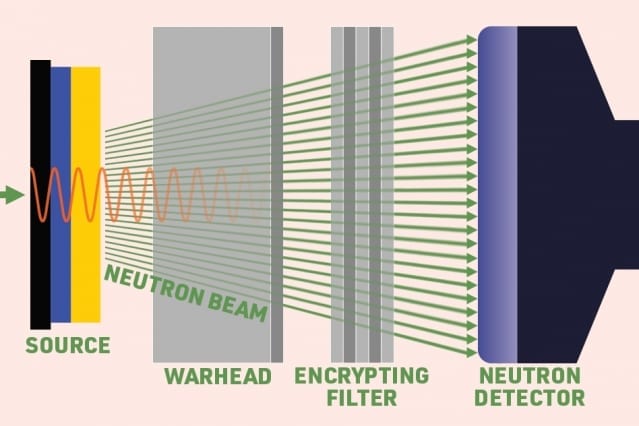
SINTEF (Norwegian: Stiftelsen for industriell og teknisk forskning), headquartered in Trondheim, Norway, is an independent research organization founded in 1950 that conducts contract research and development projects
The Latest Bing News on:
SINTEF Research
- Norwegian engine builder Bergen Engines joins FME MarTrans initiative
Norwegian engine builder Bergen Engines joins FME MarTrans initiative ...
- Norway’s Research Council invests €15.3m in CCS R&D centre
The Research Council of Norway has unveiled plans to invest 180 MNOK (€15.3 million) in the establishment of a research centre dedicated to carbon capture, transport, and storage (CCS) technology.
- Report: 2023 a record year for wind installations
The world installed 117 gigawatts of new wind power capacity in 2023, a 50% increase from the year before, making it the best year for new wind projects on record, according to a new report by the ...
- Report: 2023 a record year for wind power as world ramps up clean energy
The world installed 117 gigawatts of new wind power capacity in 2023, a 50 percent increase from the year before, making it the best year for new wind projects on record, according to a new report by ...
- Can bismuth prevent oil leaks?
Companies can't simply walk away from old oil and gas wells. They have to be capped in a way that protects the environment and prevents leaks. A new approach to today's solution could be better for ...
The Latest Bing News on:
SINTEF Discovery
- Lawsuit accuses Grindr of illegally sharing users' HIV status
"Grindr owes it to the LGBTQ+ community it serves to compensate those whose data has been compromised and have suffered distress as a result, and to ensure all its users are safe while using the app, ...








